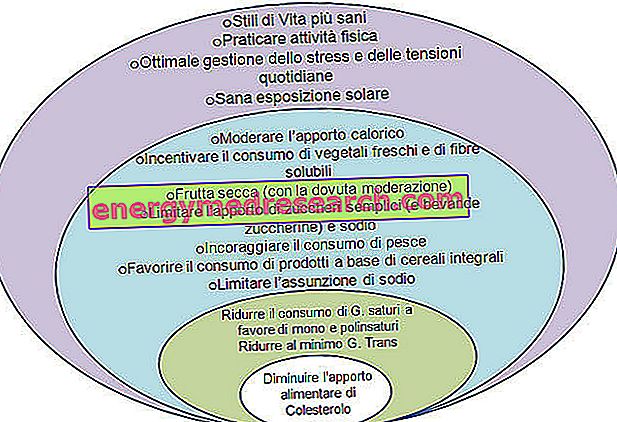Definition
Dyspraxia is a developmental disorder characterized by a deficit in motor coordination and the difficulty in automating simple gestures in everyday and school activities. This can affect the balance and general motor skills (ie the one that involves the body as a whole) or fine motor skills (concerning individual motor districts, such as lips, mouth or fingers).
The origin of the dyspraxia is attributed to some motor neurons that are not efficient in transmitting the right information to the muscles to coordinate a gesture to a precise action. This "dysfunction" can be acquired (for example, following brain damage caused by a head injury) or associated with a delay in normal neurological development.
Most common symptoms and signs *
- Learning difficulties
- Difficulty concentrating
- Language difficulties
- dyscalculia
- dysgraphia
- Temporal and spatial disorientation
- dysorthography
- hypomimia
- Loss of coordination of movements
- Loss of balance
Further indications
Dyspraxia can manifest itself in various forms and can have different degrees of intensity; furthermore, this condition can involve only one or more abilities. In particular, the disturbance can have repercussions on walking, on the execution of coordinated and directed gestures for a specific purpose, on the control of the movements of the gaze or on the verbal expression.
Individuals with dyspraxia have normal cognitive abilities, but have difficulty performing voluntary motor actions, sequentially coordinated with each other, depending on a purpose.
Children with dyspraxia appear to be clumsy, slower and more awkward than their peers: they can crash into doors, drop objects and appear to be clumsy in some recreational and / or sporting activities (eg ball games, swimming, biking etc.) . Furthermore, these patients have difficulty putting on their clothes, preparing their backpack, lacing their shoes, using cutlery or eating appropriately.

Dyspraxia typically involves problems in space-time orientation; for example, children suffering from the disorder have difficulty in making intentional and coordinated movements in the correct order to plan and complete an action (such as putting on socks before putting on shoes). Furthermore, patients must think about the planning of the motor acts that they are unable to automate, before executing them (that is, they have difficulty moving from the idea to the action).
In the scholastic context, dyspraxia can be associated with problems in drawing and writing (dysgraphia), in language and in performing mathematical operations, with possible slowdowns even in learning, despite the intellectual level being normal. From this follows a feeling of frustration, which can result in behavioral and conduct disorders.
The diagnosis is made on the basis of clinical observation and the execution of tests aimed at the age of the child, which will help to exclude or confirm the presence of the disorder.
The treatment of dyspraxia includes a speech therapy pathway and rehabilitation programs, accompanied by various measures aimed at verbal recovery and motor learning. Generally speaking, the sooner action is taken with a therapeutic approach, the greater the chances of improvement.


